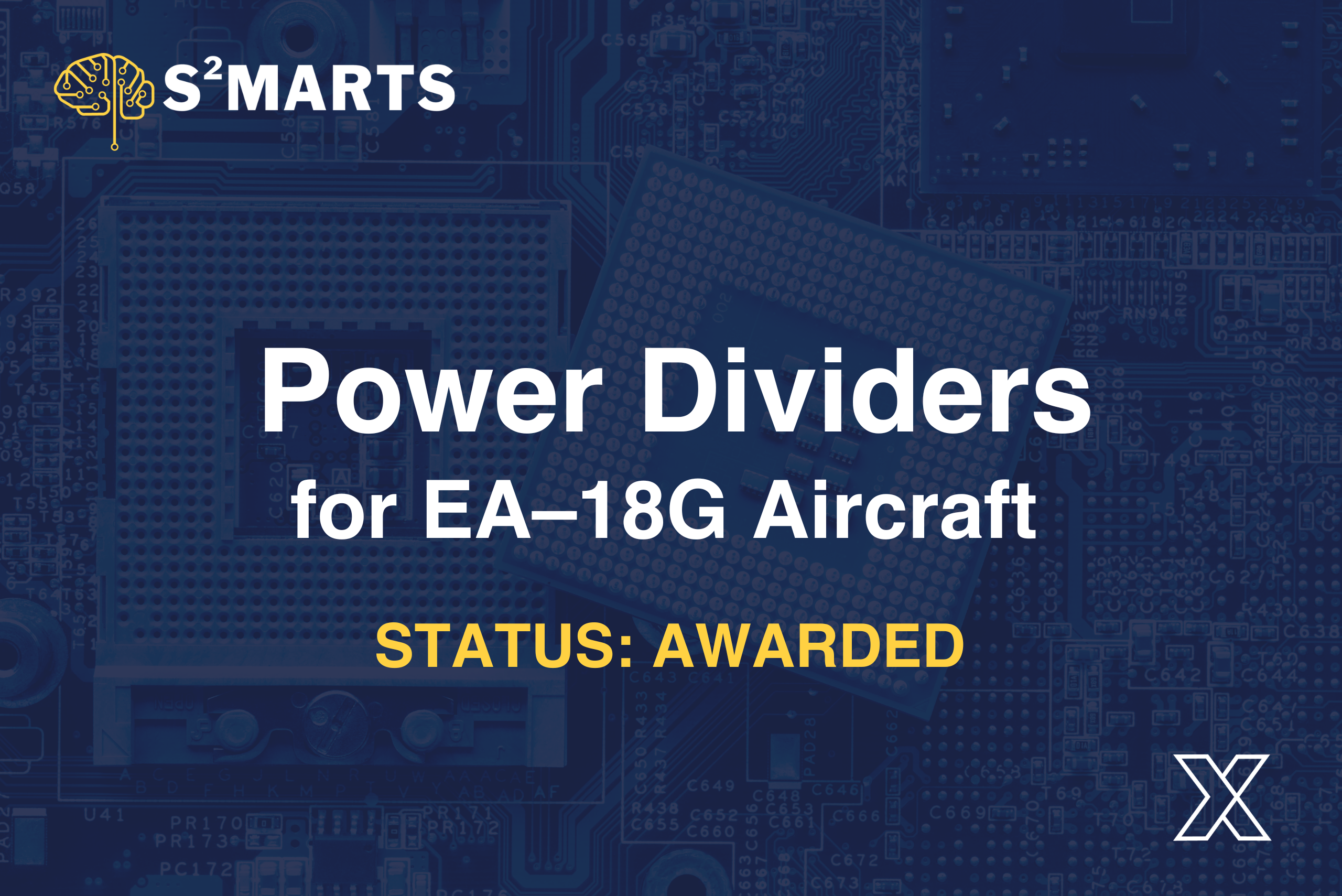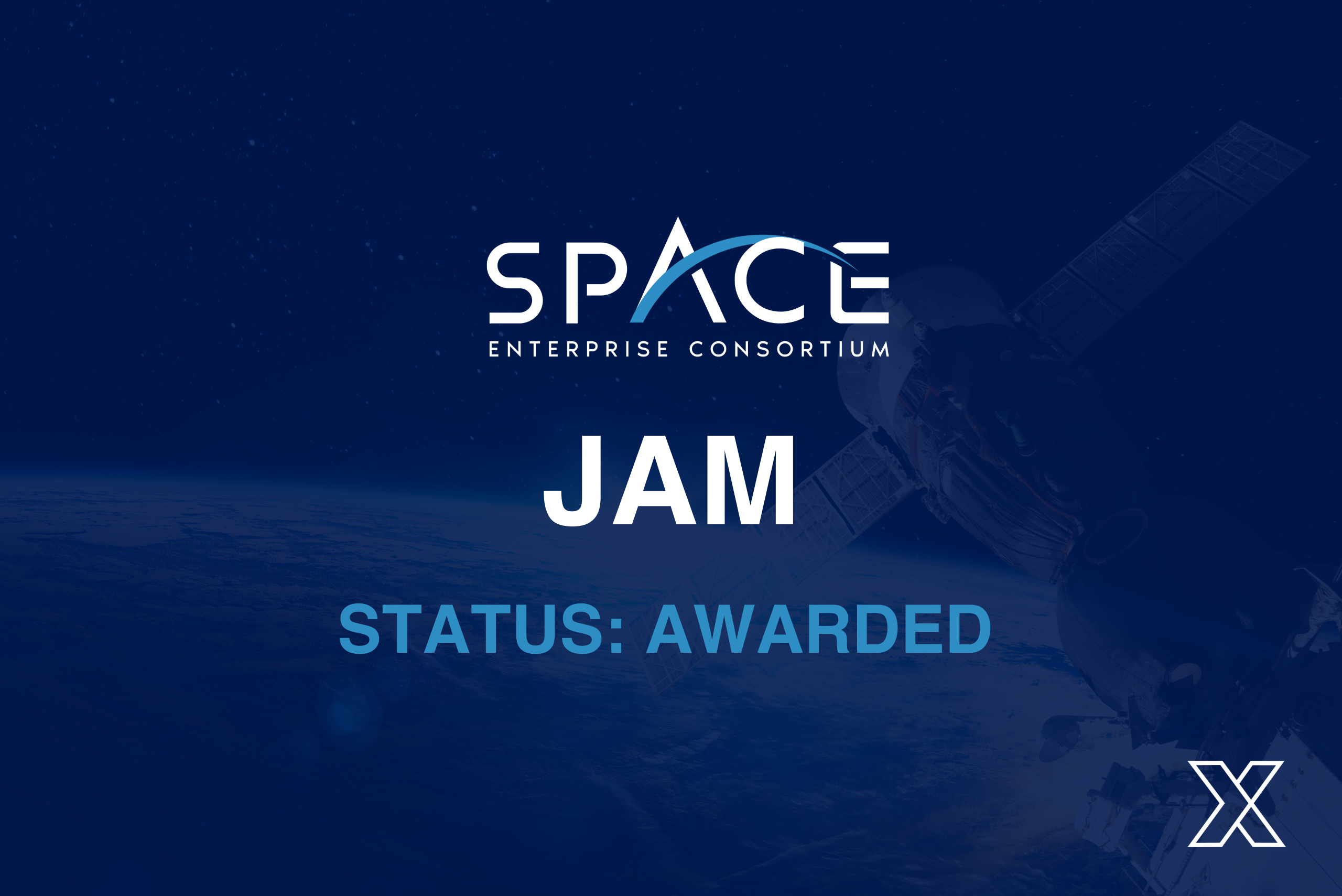Secure Edge Computing in Defense
February 7, 2023

What is Edge Computing?
In edge computing, a range of networks and devices are located at or near a user. As data is processed closer to where it is generated, it can be processed more quickly and with greater volume, resulting in more real-time actionable results.
As opposed to traditional models, which are based on centralized computing power on-premises, this model has some unique advantages.
Our everyday lives are filled with devices that use edge computing, such as smart speakers, watches, and phones, which collect and process local data while touching the physical world.
What Is Secure Edge Computing?
It is security that protects sensitive data that lives and travels outside a centralized data center. Edge computing security protects users and their information at the farthest reaches of the company’s network.
You could also refer to the “farthest reach” of a network as the “edge,” thus the terminology.
Edge computing requires an extra measure of security because it has exposure to the outside world. However, in this computing framework, data does not need to gather from endpoints and travel back to be analyzed and processed at the centralized data services. Instead, data processes right away, in the same place that creates it.
Secure edge computing is in demand because it adds a layer of complexity. A diverse group of stakeholders can better maintain networking, IT infrastructures, traffic distribution, software development, and service management.
Edge Computing in Defense
There are life-saving possibilities when using edge computing advancements, helping the defense community and warfighters. With little connectivity necessary, troops have insights into remote locations.
This includes pertinent details like weather conditions, sensitive information, and more. Such information could now come to light so the military can make actionable decisions. As edge computing security continues to make important advancements, defensive applications can expand.
Networks Are Overwhelmed
In a post-pandemic world, there are now many more remote workers than before COVID-19, with networks now strained. Edge computing helps solve the dilemma of needing more capacity, computer power, and storage near another network edge, such as home offices. This led to the boom you see in edge computing for software, applications, and hardware.
Taking full advantage of what edge computing has to offer means that the defense systems need to first plan how they need their solutions to deploy for every scenario. There could be a tested solution or prior example to help with planning out the right technology. With a clear mission, it makes it easier to decide the best approach for data protection. Data protection with the Defense Department requires advancements and finding an innovative solution, which means opening the door to what’s possible.
Edge computing security helps create a smart backup strategy to ensure sensitive data remains reliable and secure. Ensuring security with edge computing means having strong governance programs. It begins with knowing what data needs to be generated, plus how to process and transfer it.
Edge Computing and the Military
This is an opportunity for the Defense Department to implement strong cybersecurity practices. They can assess their risks and manage them accordingly.
For example, take the Zero Trust model. With this approach, it needs integration with edge computing applications. What you want to avoid is implementing edge computing first, and then fitting Zero Trust afterward, forcing changes to the edge computing security.
Further, IT professionals can keep some data at the endpoints. This means they can limit the number of sensitive data that would need to be sent back to a network. Ultimately, this keeps lessens the possibility of cybercrime at the data center.
While edge computing provides more endpoints that could incur a cyberattack, it also prevents cybercriminals from gaining access to the data center. This keeps them away from mission-critical resources.
The Defense Department should continue to develop its management strategy, along with effective data backup.
Copies of Data Sets
There is the “3-2-1-1-0” rule. This means there are three copies of all information and data sets, which you keep with at least two different media.
Plus, there must be multiple locations. You must keep one copy offsite should weather or malicious acts affect the facility or the region surrounding the facility.
At least one copy of the “3-2-1-1-0” rule should be immutable. Since there are lingering, undetected threats lurking, this is critical. Also, there is a growing threat of ransomware.
What Is Ransomware?
Ransomware is malicious software. A cybercriminal designs it to block a user’s access to their computer system. The only way the hacker will release the system back to the user is if the victim pays a sum of money.
Recent statistics of ransomware suggest attackers are profiting, collecting over $100,000 per attack. Studies also show that hackers can successfully penetrate as much as 93% of corporate networks.
Selecting a Backup Solution
The Defense Department, and governments and corporations alike, need a backup service with features that are reliable, versatile, and easy to use. It is important to create a backup solution that is not overly complex before a loss of data occurs.
The best backup solution includes all mechanisms necessary for recovery. Beyond backup, this includes storage snapshots and replication to ensure continuous data protection.
The Definition of “Edge”
This will vary for the Defense Department. From operating in the theater to naval bases, to forward operating bases, and more, they all have remote locations. A major barrier for the Defense Department can be connectivity.
Anywhere on the globe, and no matter the location, the defensive forces need information that is correct and up-to-date. For a mission to be successful, it depends on perfect intelligence.
Leadership cannot make timely decisions if a warfighter does not have connectivity with critical information. For the Department of Defense, every minute counts.
The Need for Speed and Accurate Information
Backup is important here as well. If the correct, reliable information is accessible with edge computing, separately from the network, defense forces will no longer depend on connectivity. They can be productive and complete their missions with secure edge computing.
For example, warfighters could get disconnected. When this happens, they could still operate offline. Instead, they can use the edge for batch changes.
If necessary, they could connect back to a network later. It can depend on the need at the time. Deployment that uses edge computing could be asynchronous or sporadic. With flexibility, there is less time for disconnection.
In situations when the network connectivity is not reliable, this will lessen the burden of disconnect times. It boosts the Defense Department’s agility and makes completing successful missions easier.
Forward operating bases or special operations cannot add hardware for their data backup. This is because bulky equipment limits the space for the essentials they need to handle critical missions.
In some ways, cloud computing helps the Defense Department to eliminate hardware, but they need to know that the cloud provider is responsible, including their backups and protection of data.
When there is no space to spare, edge computing and its software-based solution help the Defense Department with accessibility. It can help with flexibility and scalability when the nation needs it the most. Whenever a component needs changing, edge computing can deliver.
What to Expect in 2023
There are escalating conflicts abroad. This comes shortly after a global pandemic. Increasingly, there is a demand for first responders at natural disaster sites.
Welcome to the rise of tactical edge computing. Traditional command structures are transforming into a network-centric engagement. Data can now share between both the old and new assets, like 5G using the 4G network.
Information superiority is the pathway ahead.
The defense field is raising the bar in sophistication and complexity, with command posts, sensors, unmanned vehicles, and mobile-enabled personnel. Also, the world is rapidly adopting cloud computing solutions.
Cloud computing is helping civilian businesses sustain their operations and allows them to maintain a competitive adventive. The cloud is agile and offers its services at a lower cost than bulky, physical servers.
While cloud computing has its advantages, it has some flaws, making it challenging to use for tactical engagement. Therefore, edge computing is the next era of technology for the Defense Department.
Benefits of Edge Computing
Edge computing boosts performance. Data and hosting applications on centralized servers or hosting platforms can create latency as users attempt to use them over the internet. When there are connectivity issues with the internet, the data requesting process from these data centers could be slow.
Access is easier with edge computing because it houses the data at the edge of devices. Organizations can avoid challenges that affect connectivity and speed with edge computing since data comes from the endpoints. Otherwise, it would come from a centralized data center far away, and then again to the endpoints.
Lowering the time an application must travel to a data center to fetch data is how to optimize an application and improve performance. This generates a better user experience.
Reduces Operational Costs
Organizations could end up spending big bucks to move their data around with cloud hosting services. The more data that needs moving, the bigger the spending.
With edge computing, businesses spend less on their operational costs. There is very little reason to move data to the cloud with edge computing. There is a reduction in bandwidth, too, for the data load, because it processes the data at the same place that generates it.
Meets Regulatory and Compliance Requirements
This is an important part of getting government contracts, among other sectors, which keep a lot of sensitive data. It can be challenging to meet requirements when hosting providers or data center host your company’s data. Each data center has its own regulatory requirements and methods of keeping data safe.
With edge computing, regulatory and compliance requirements are much easier to meet. This is because they create, store, and process the data in one place.
Enhances Reliability and Resiliency
There is little or no hindrance with fetching and processing data when using edge computing. Even a poor internet connection will not create a challenge.
Plus, a failure with one edge device will not change how the edge devices operate in the ecosystem. This facilitates the entire connected system’s reliability.
Supports Artificial Intelligence and Machine Learning Applications
Modern data computing is developing, and AI and ML are a huge part of its innovative future. Although AI and ML are applications that work when grabbing and processing enormous sets of data. If the data’s host is a centralized server, it could suffer from latency and connectivity challenges.
AI and ML applications are more efficient when edge computing facilitates them since the data processes are in proximity to where it generates. Artificial Intelligence and Machine Learning get faster results with edge computing.
Secure Edge Computing for a Secure Future
The landscape for the military is changing as technology continues to develop. Secure edge computing is offering solutions to solve a plethora of dilemmas in the past for the nation’s Defense Department.
At NSTXL, we are raising the bar with a unique approach. NSTXL combines end-to-end government acquisition services and commercial best practices to boost innovation for a safer future.





